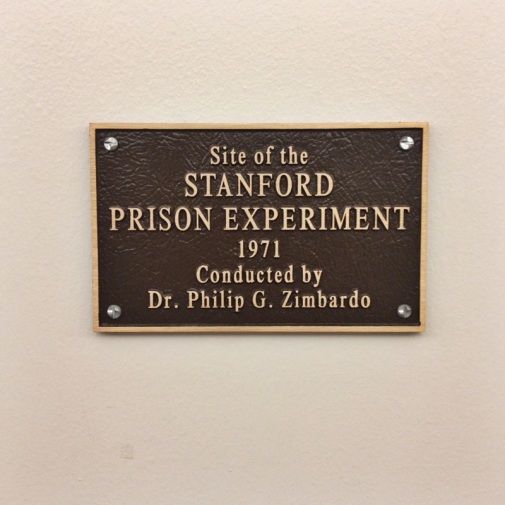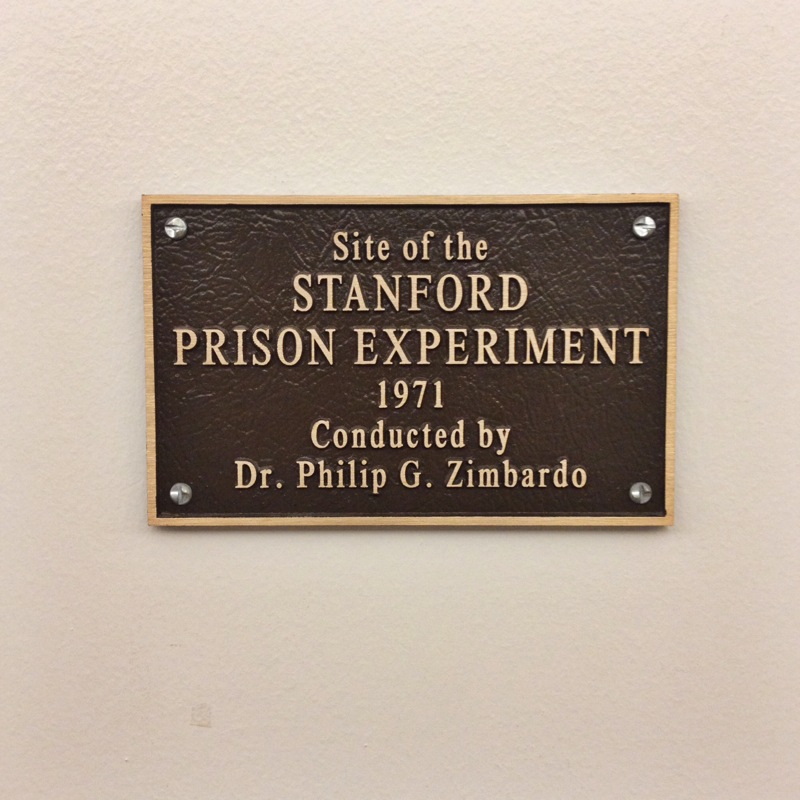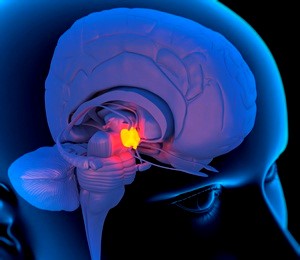Richard Kaskiewicz
The history of science is littered with a myriad of debate and controversial studies undertaken to exact scientific progress. Take the theory of evolution, or the heliocentric model of the solar system, as two well-known examples. These theories challenged the societal norm and had stark implications on the nature of humanity.
In more modern times, the controversy is less of a crisis of faith and more bordering ethics and morality. Until recently, these were left unchecked and the decision of what is right and what is wrong was just made by the researchers and the funding bodies. Only once the boundaries were pushed too far did science gain the ethical framework within which we work today. Despite this, mankind has gained crucial knowledge and insight from these experiments that have guided many aspects of science and how we view the world.
(and if this article leaves you wanting to know more about ethics in science, there will be a link to a recent episode of Eureka!, our science podcast, at the end, for you to learn more!)
The Stanford Prison Experiment
None are perhaps quite as famous as the Stanford Prison Experiment. Conducted by Philip Zimbardo and his team in 1971, this experiment took a group of students at Stanford University and randomly assigned them into 2 groups: one group became the prisoners, and one became the guards. The basement of one of the University’s buildings was set up to be a similar condition to those found in a maximum-security prison.
The guards were given a set of menial tasks that they had to ask the prisoners to perform; if said prisoners did not complete the task, refused to partake, or disobeyed any direct order; the guards were instructed to give out an appropriate punishment. I might add, the use of force was not authorised.
Soon into the experiment, the prisoners refused to clean their plates after a meal and thus were instructed to do 50 press-ups; to which many of them refused. This led the guards to hand out harsher punishments, e.g. giving no meals. The prisoners continued to challenge the guards’ authority and several days into the 2-week long experiment, a heavily abusive environment in which physical and emotional force (i.e. not letting prisoners sleep and harassment) was utilised by the guards to gain compliance. The situation greatly escalated and the conditions became significantly abhorrent, yet it was still days before Zimbardo, whom had assumed the mantle of warden, aborted the experiment – leaving many of the participants at least temporarily traumatised.
The interpretation of this was that under certain situations, even people who are overall morally good will inevitably U-turn, strengthening the notion that absolute power corrupts. This has been used to explain some of the atrocities and abuse witnessed in many prisons and internment camps.

Image Credit: Wikimedia Commons
The Milgram Shock Experiment
The next most famous, is probably the Milgram Shock Experiment, conducted by Stanley Milgram in the 1960s. Before the experiment, the participants were left in a room and told to socialise with the others there, essentially making friends. They were then split into 2 groups: teachers and learners, and taken to separate rooms. The teachers gave the learners a set of memory tasks, administering an increasing level of a painful electric shock for every subsequent task they failed. Unbeknownst to the teachers however, the learners were a group of actors, whom had pre-recorded cries of agony and pleas begging the teacher to stop the test. No-one was really being shocked, but the point was that the teachers thought they were.
After failing to complete several tasks successfully, the dial reading the levels for the shock began to show danger and the actors would begin to scream and bang on the walls, imploring the teacher to stop and that they couldn’t take it anymore. Despite this, there was a man stood behind the teachers wearing a lab coat and holding a clipboard, conveying a sense of authority. These individuals would tell the teacher to continue, to which all participants did, despite them revealing how distressed it was making them and how they did not wish to harm the learner, whom they had become friends with prior.
Eventually the level of shock surpassed a lethal quantity and no teacher had outright abandoned their role. In due course, the screaming and cries from the learner stopped and all that could be heard from the other room was silence, several teachers stopped at this point, but the majority continued on, encouraged by the authority figure, even though they thought they had killed or seriously injured their learner, whom they thought could have been them if not for the actions of luck.
This experiment proved to show that that people will obey authority figures, even when the task they are performing strongly works against their code of ethics. This reasoning was used to explain many of the Nazi war crimes and absolve many participants of these in the Nuremberg trials, who as the saying commonly falls, were “Just following orders”.
There are many more of these ethically dubious experiments that have been conducted, which if done today would land the researchers with a hefty prison sentence. However, if it were not for these experiments, much of what we know to be true today, especially in the field of psychology, may never have been revealed.
Link to Eureka: https://www.mixcloud.com/EurekaOnForge/eureka-ethics-episode/






















